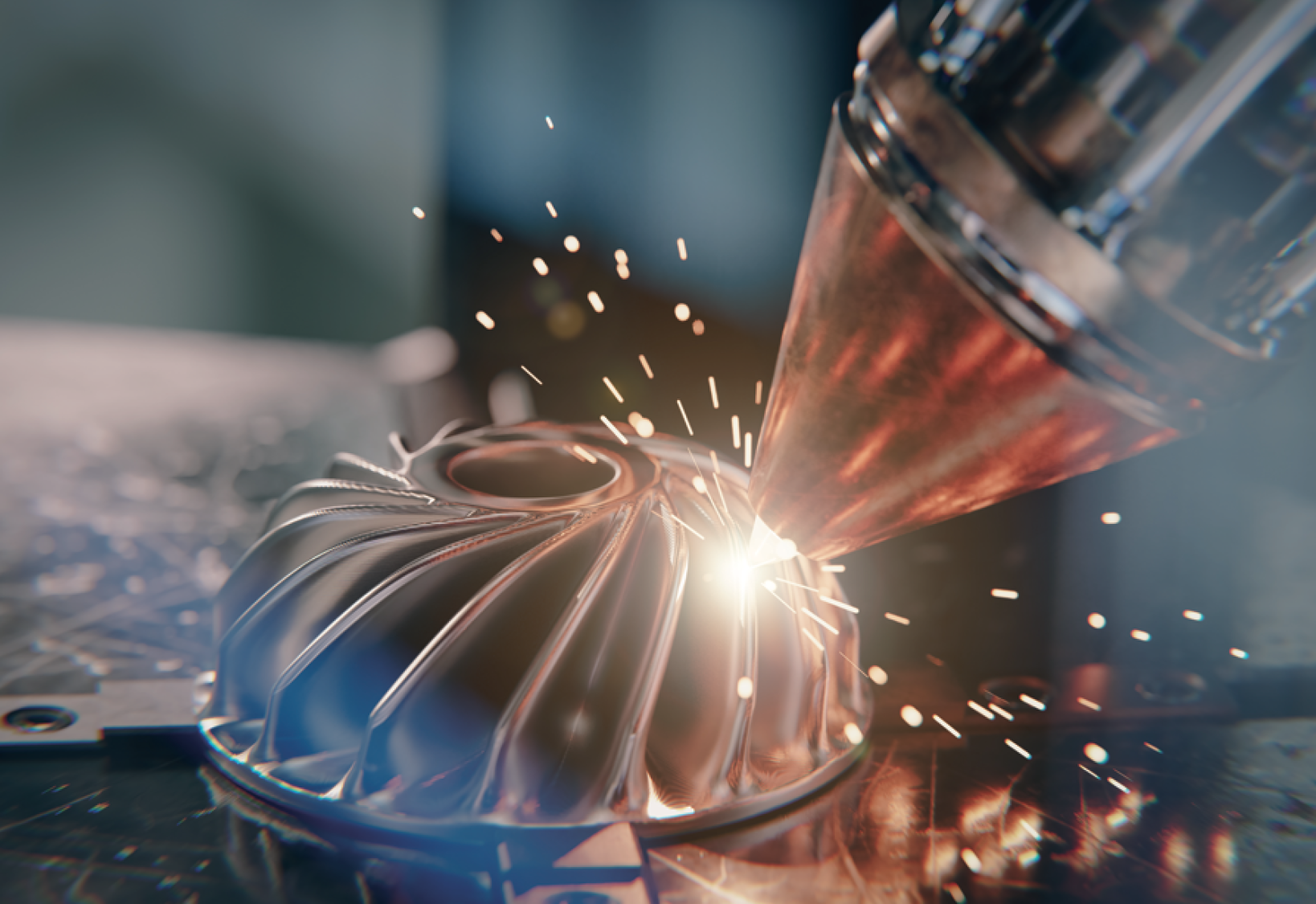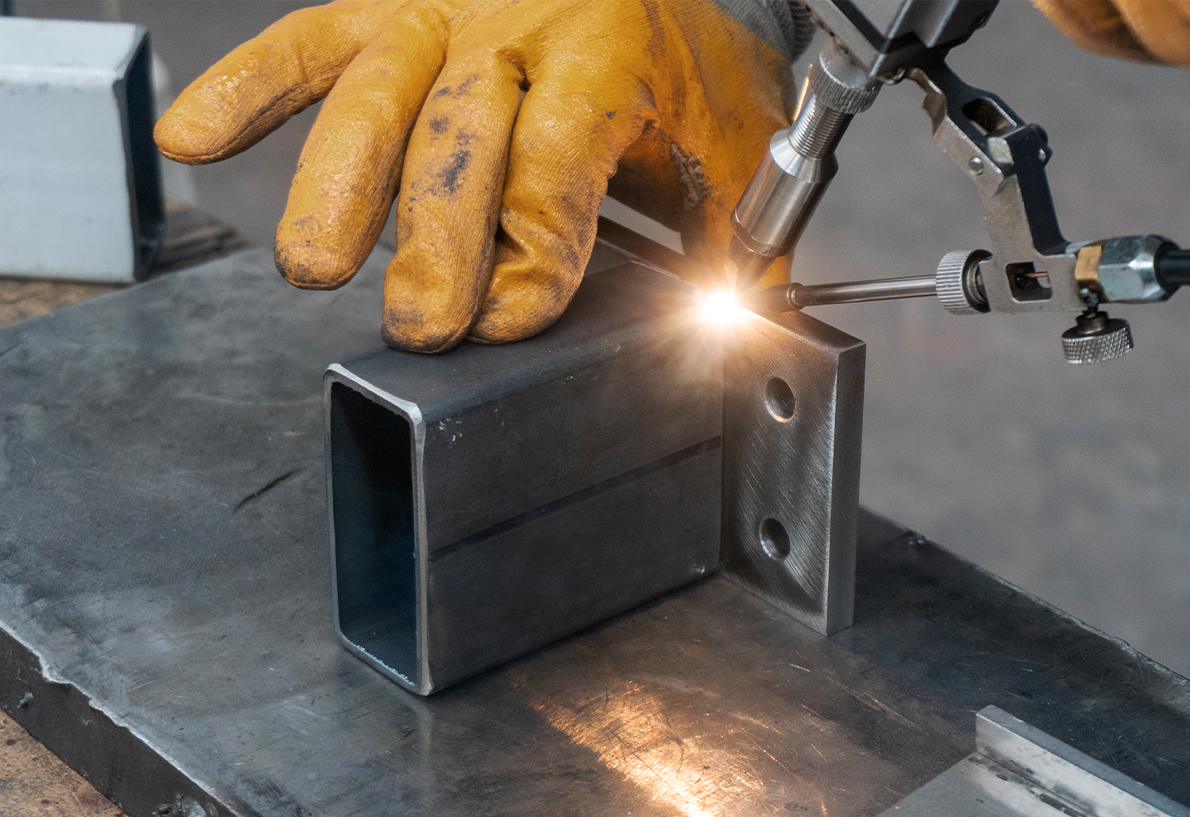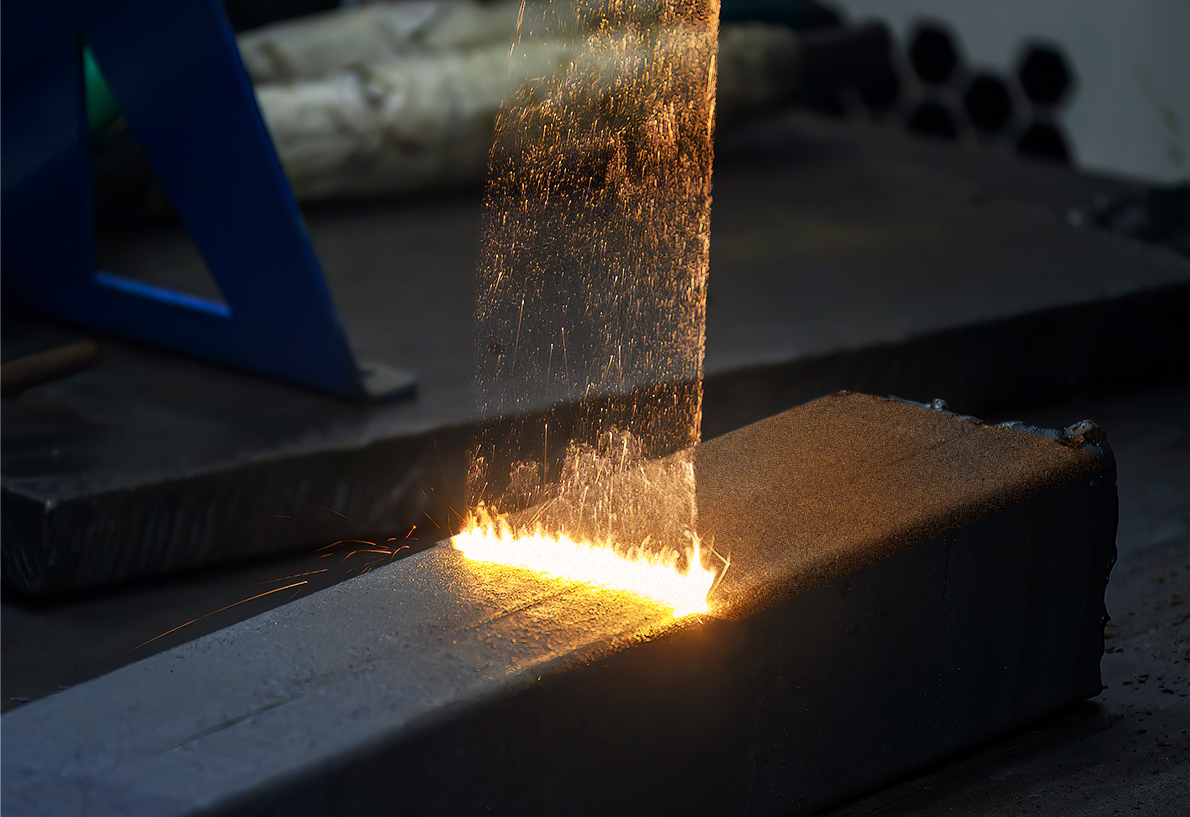HIGH POWER FIBER LASER
The strengths of PCT’s high power lasers, such as high efficiency, great beam quality, reliable and cost saving, make our laser engines highly desirable for industrial applications, enabling increased productivity, superior performance, and reduced operating costs. As a result, fiber lasers have gained popularity across various industries, playing a crucial role in modern manufacturing and research.
Here are some common applications of fiber laser systems:
MATERIAL PROCESSING
- Metal Cutting & Welding
- Metal Drilling
- Rust Removal
- Heat Treatment
High-power fiber laser engines are widely used in various industries for metal processing, including stainless steel, carbon steel, titanium alloys, and copper alloys. These materials can be precisely cut using the high-energy density and high beam quality of high-power laser beams.
Further, Fiber laser engines can also be used for metal heat treating processes such as quenching, tempering, annealing, and aging. With precise laser control, heat energy can be directly transferred to the interior of the metal, improving its mechanical and chemical properties. In metal laser processing operations, the generated reflected light can potentially damage the system. Therefore, optical isolation is a crucial indicator for high-power laser engines. Optical isolation refers to the engine's ability to effectively isolate reflected light in the output path, preventing it from returning to the laser source or other critical components. A system with high optical isolation reduces the risk of damage caused by reflected light to the laser source and other components, ensuring system stability and reliability. Therefore, when selecting a high-power laser engine, evaluating and considering the optical isolation is a crucial factor.

LASER CLADDING

METAL CUTTING

METAL WELDING

RUST REMOVAL
3D PRINTING
High-power fiber laser engines are also applied in additive manufacturing, such as 3D printing. They enable the production of highly precise parts with repeatability. The application of high-power fiber laser engines in 3D printing generally includes:
Selective Laser Melting (SLM):
This is a commonly used technique for 3D printing metal parts. It utilizes a high-power laser beam to selectively melt metal powder layer by layer, creating complex metal components.
Common applications of SLM-printed parts include:
- Lightweight components (engine parts, gears, frames, etc.)
- Precision parts in the aerospace industry (surgical instruments, orthopedic implants, etc.)
- Metal molds (plastic and metal parts for injection molding and die-casting processes)
- Complex geometries (bone repair and dental implants).
Directed Energy Deposition (DED):
This technique employs a high-power energy source, such as a laser beam or an arc, to melt and deposit metal powder or wire to build parts.
Common applications of DED-printed parts include:
- Large-scale components (machinery parts, ship components, aircraft parts, etc.)
- High-temperature materials (titanium alloys and tungsten alloys)
- Repair and refurbishment parts for aerospace components, engine parts, and automotive parts
- High-precision parts requiring tight tolerances
- Composite material parts, such as metal-ceramic composites
MEDICAL
Surgery:
Fiber lasers are widely used for precise cutting, ablation, and vaporization of tissues, including:
- Ophthalmology
- Dermatology
- Urology
- General surgery
Dentistry:
Fiber lasers are used for procedures such as:
- Cavity preparation
- Tooth whitening
- Gum reshaping
- Periodontal treatments
Fiber lasers offer improved precision, minimal damage to surrounding tissues, and reduced pain for patients.
Dermatology:
Laser technology is extensively used in dermatology for various cosmetic and medical treatments, such as:
- Tattoo & hair removal
- Scar revision
- Skin resurfacing
- Treatment of vascular lesions
- Pigmented lesions
Ophthalmology:
Fiber lasers play a crucial role in vision correction surgeries. They are used in procedures such as LASIK (Laser-Assisted In Situ Keratomileusis) to correct refractive errors and in photocoagulation for the treatment of retinal disorders like diabetic retinopathy.
Photodynamic therapy (PDT):
It refers to a treatment method that combines a photosensitizing agent and laser light to selectively destroy cancer cells or treat various skin conditions. The flexibility and compactness of fiber lasers make them well-suited for PDT applications.
Diagnostic and imaging techniques:
Fiber lasers are used in optical coherence tomography (OCT) systems, a non-invasive imaging technique that provides high-resolution, cross-sectional images of biological tissues. OCT is widely used in ophthalmology and other medical specialties for early detection and diagnosis of diseases.


